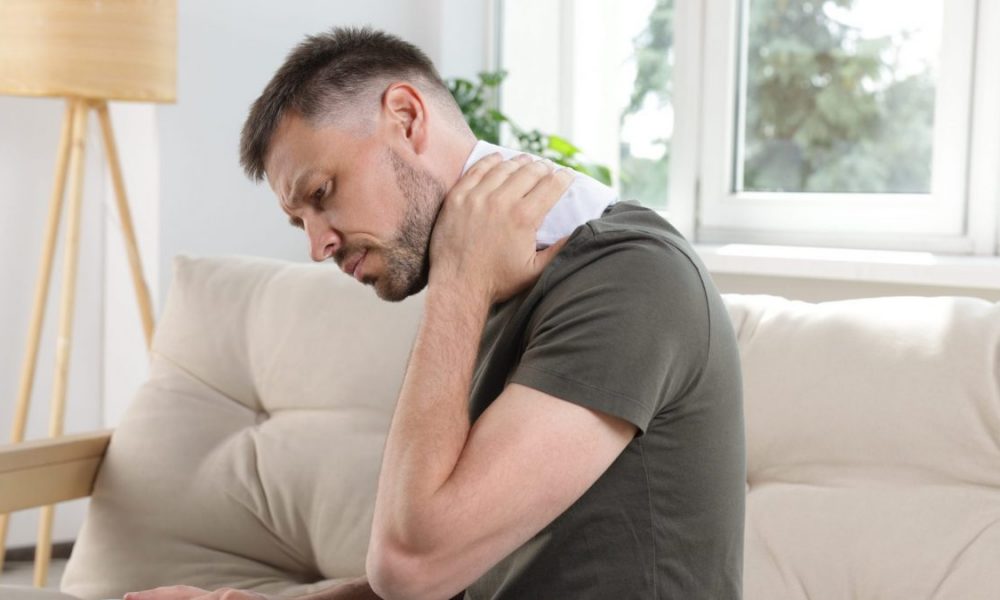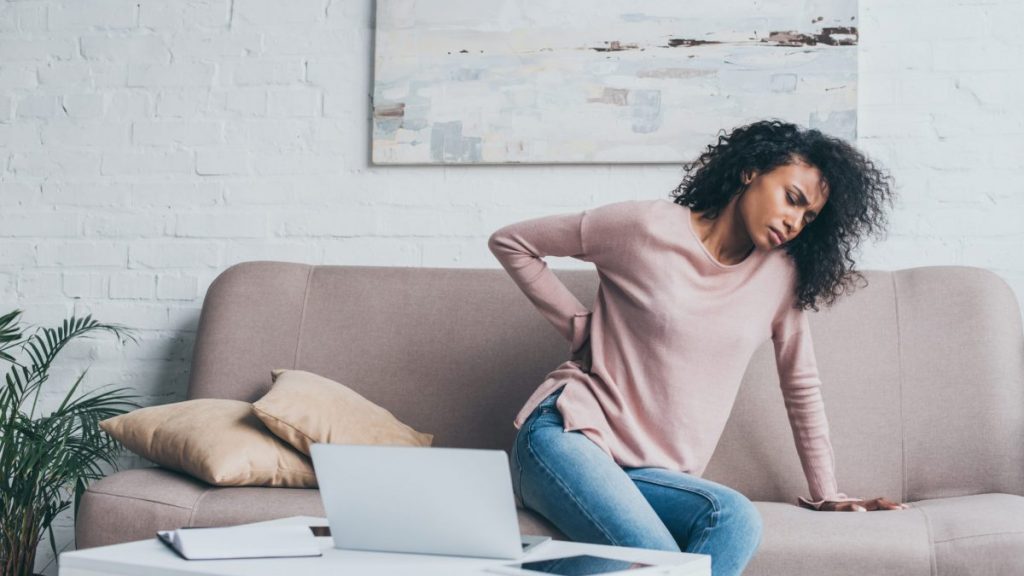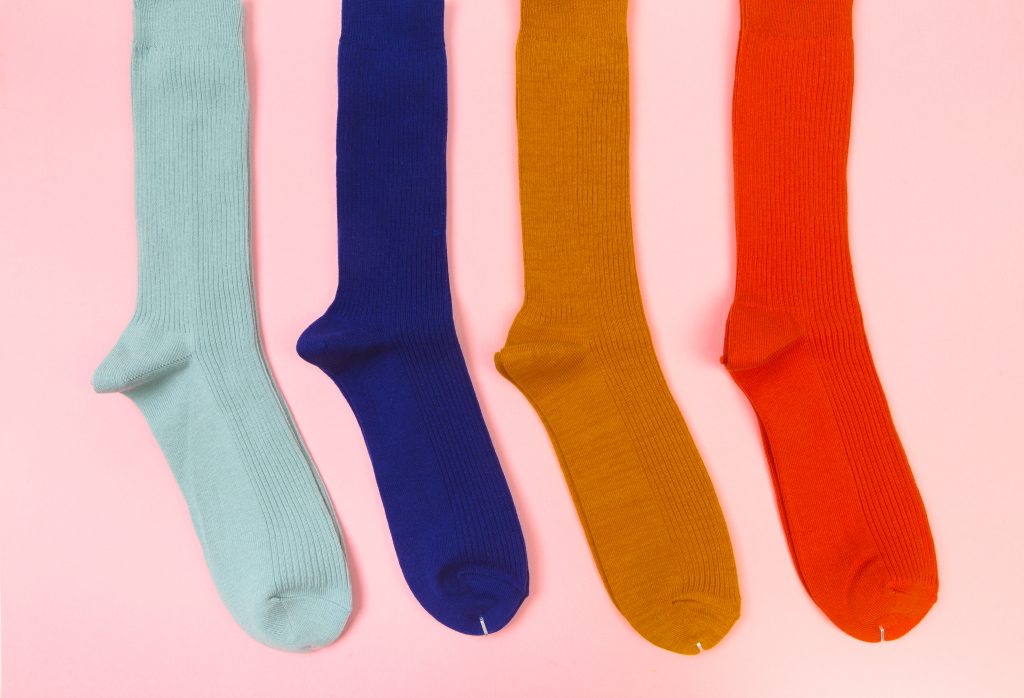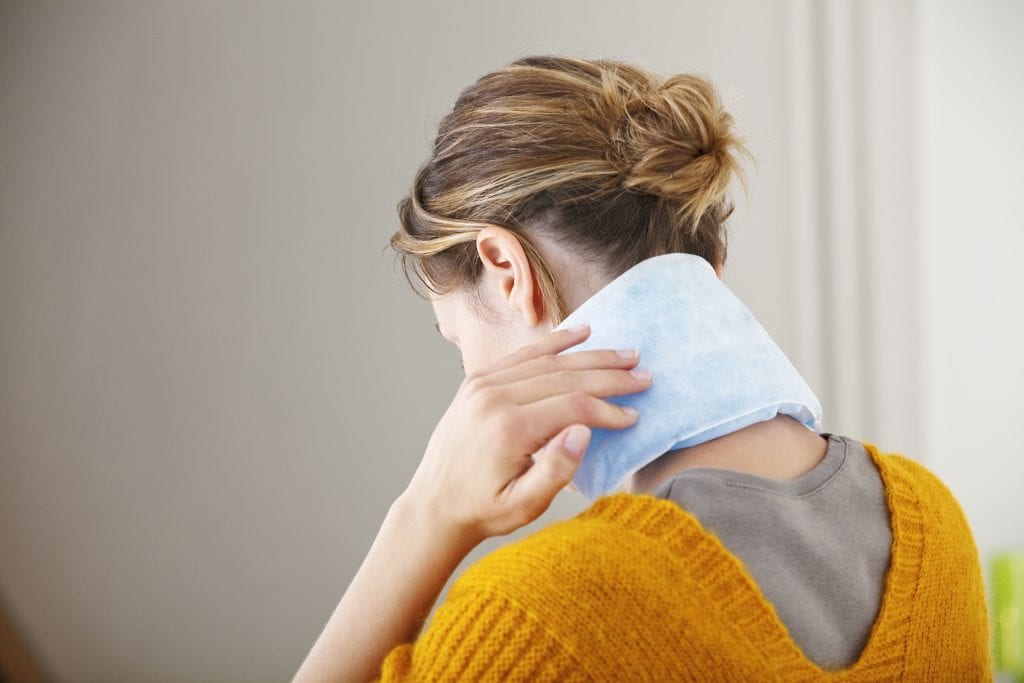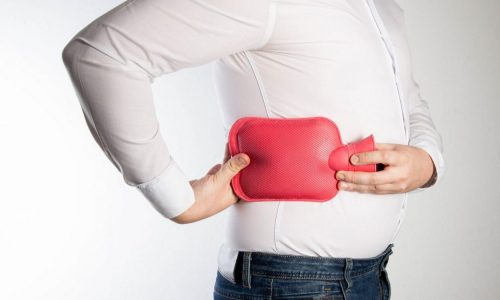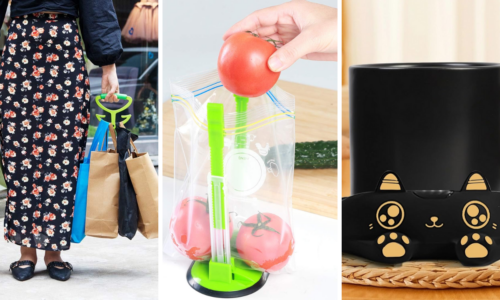Sometimes when we’re experiencing muscle stiffness or cramping, we need immediate relief, and heating pads offer a way to instantly alleviate aches and pains without swallowing any pills. They’re a form of heat therapy that promotes circulation throughout the body. Applying heat can help open up your blood vessels to mitigate the pain by allowing blood and oxygen to flow more easily to problem areas.
Heat therapy can also reduce muscle spasms and promote relaxation. Heating pads are commonly used to relieve menstrual cramps or pain from urinary tract infections. They’re also used to treat arthritis and joint issues, headaches and back and neck pain.
MORE: The right and the wrong way to use a heating pad
Another perk is that they’re incredibly convenient. You can take them around the home or office while you rest.
Make Your Own Heating Pad
The best microwave heating pad requires very few ingredients and costs little to make. Making your own version can be a safer alternative to using an electric heating pad.
- To start, gather a long clean sock, dry rice or oatmeal and a needle and thread.
- Fill most of the sock with rice or oatmeal. Use a funnel if possible. Leave a little room at the top so the pieces can easily move around.
- Sew the opening tight with a needle and thread. Alternatively, you can leave extra room to tie a knot or secure the top with a rubber band. Turn the sock upside down to ensure nothing can slip through.
- For aromatherapy, add dried herbs or flowers such as lavender.
- Microwave the sock for 1 to 3 minutes.
- Apply the heat pack to your source of pain.
Make a Homemade Heating Pad Hot or Cold
Rice- or oatmeal-filled heating pads can be used for both hot and cold therapy. While it only takes 90 seconds to 3 minutes to heat your pad in a microwave, it takes a few hours to cool one in the freezer.
Safety First
Don’t risk burning your skin. If your heating pad feels a little too hot when you first take it out of the microwave, remove it from your body and give it time to cool off. The pad should never feel uncomfortable against your body.
Avoid keeping the heating pad on the same body part for too long. Moving it around will help you avoid irritating your skin. You never want to fall asleep using a heating pad, particularly if it’s an electric one.
If you feel like making your own heating pad is too much work or that you don’t have the time, you can always buy one. The best microwave heating pads will be durable and reliable.
If you’d rather purchase one, check out our selection of the best microwave heating pads that have been vetted by a team of experts.
If you’re sensitive to smells, look for manufacturers that offer unscented versions that will only give off a slight odor of the material inside such as rice. If you have allergies, you may want to avoid using aromatherapy.
Whether you make it yourself or pick one up for the store, having one ready will make life easier the next time you feel achy or sore. But schedule an appointment with your doctor if your pain doesn’t go away within a few days.
